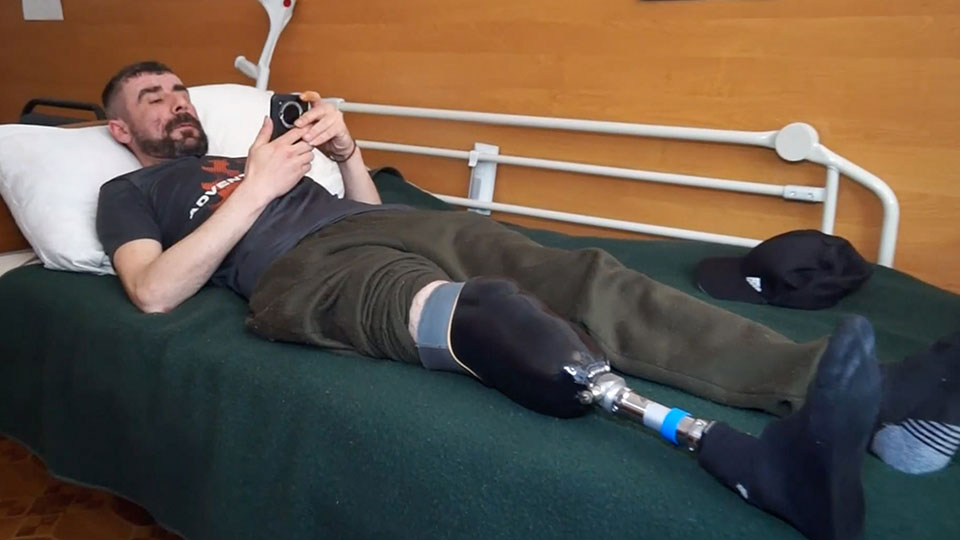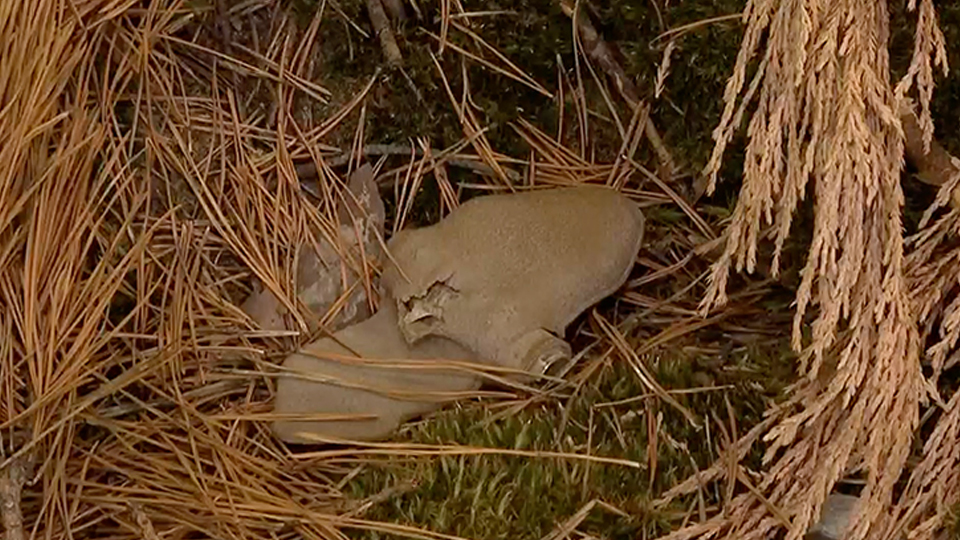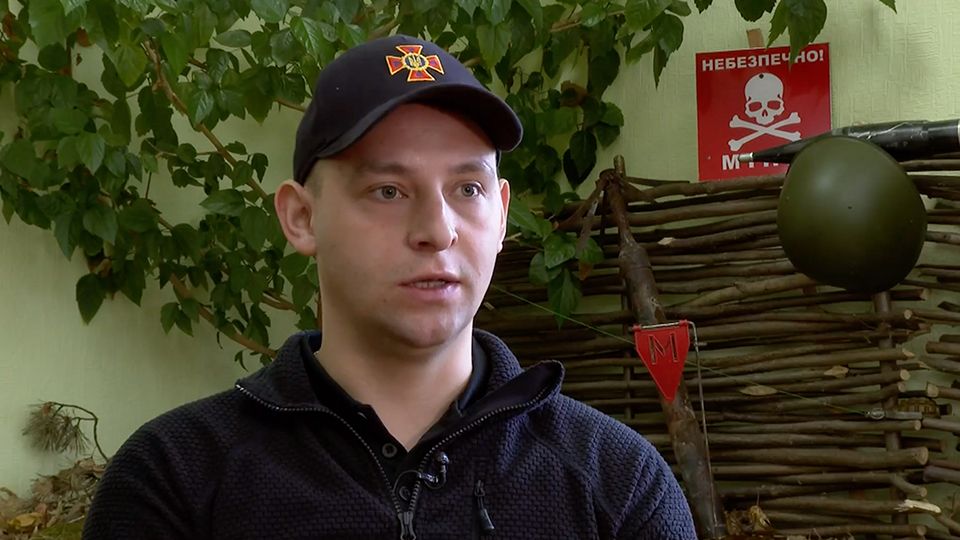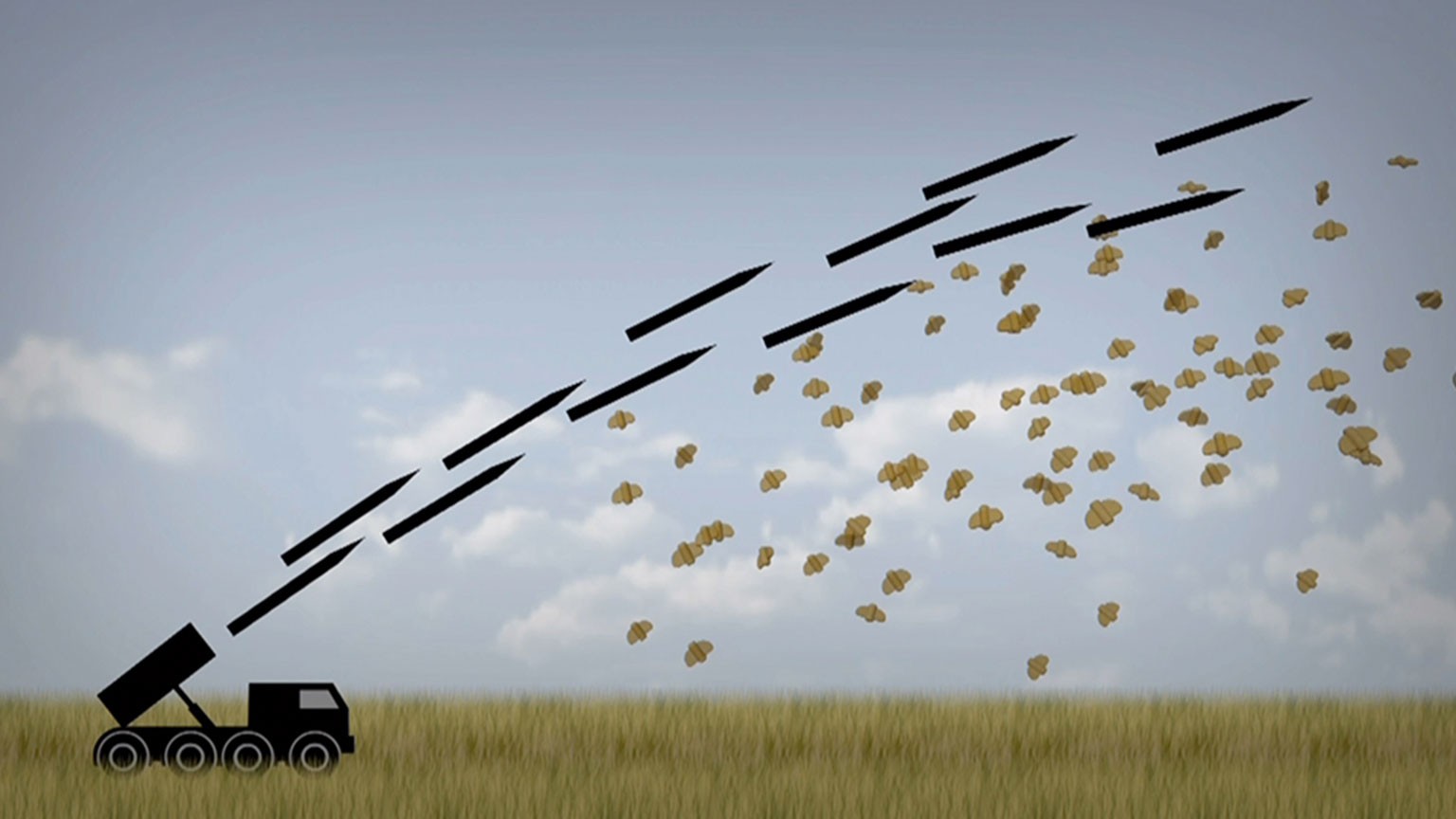Ukraine's military is stepping up vigilance against the palm-sized mines. The use of petal mines is worsening tension ahead of Russia's May 9 World War II Victory Day celebrations. Russian President Vladimir Putin is known to consider the holiday important for military planning.
Russian forces have recently become more aggressive in eastern Ukraine. As fighting rages, a governor in the city of Kharkiv decided to forcefully evacuate more than 180 children and their families from some areas near the border with Russia.
'Petal' mine
Russian forces use artillery to spread the mines, which look like flower petals as they are ejected from airborne projectiles.
They measure about 12 centimeters and come in colors that make them hard to see on the ground.
When someone steps on or picks up one of the mines, a liquid inside instantly leaks and triggers an explosion. Using artillery, Russia can spread 5,000 landmines at a time across 150 hectares.
The weapons remain active for long periods and have injured many Ukrainian soldiers on the frontlines of the battle to push back Russia's invasion.
Walking again
Ukrainian soldier Dmytro Mikhailovsky stepped on petal mine last September near Bakhmut. The blast destroyed his lower right leg.
He was not able to see the device, as he was among troops ordered to advance at night to avoid detection by Russian forces.
Mikhailovsky says he had just started receiving guidance by radio when the explosion occurred. He says he heard a popping sound, but no blast. Lying on the ground in pain, he was told about his injury. He then knew he had stepped on a petal mine.

Mine removal training
NHK visited a mine removal training center in Kyiv earlier this month on condition the building's exterior would not be shown.
Ivan Shepelev of Ukraine's State Emergency Service, showed this PFM-1 petal mine. The color blends in with grasses, making it difficult to spot in the field.

Petal mines deployed by Russian forces reportedly stymied Ukraine's counteroffensive last year.
Shepelev says, "If one person steps on a landmine and gets injured, others who try to help the person are also exposed to danger."
He went on to say, "Petal mines are one of the most dangerous and insidious of landmines."

Centuries-long project
Several types of mines have been spread across more than one quarter of Ukraine.
One estimate suggests it will take hundreds of years to remove all of those weapons.
Mikhailovsky, who was severely injured says, "What saddens me the most is that many young people are among the victims." He stressed that the number of victims will keep rising as long as the war continues.
